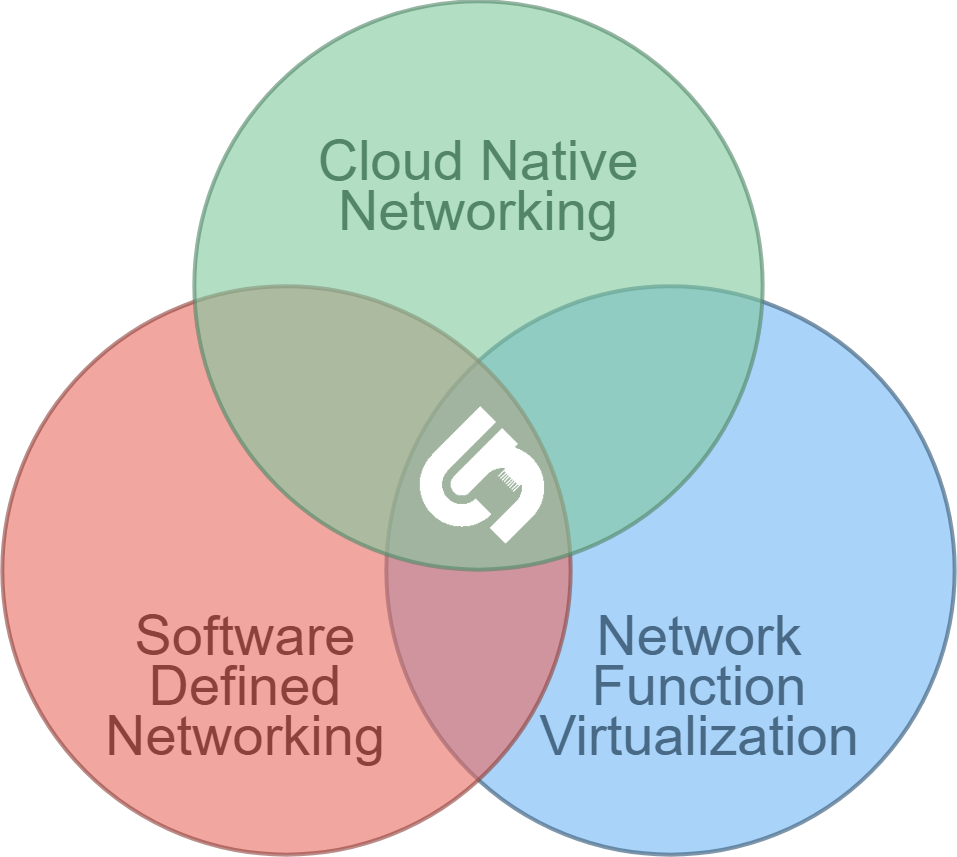Leading Networking Solutions for the Cloud Native Era
The network industry is on the verge of fundamental change. Although, the major distribution of the market was introduced about a decade ago as Software Defined Networking, only in the recent years we have the necessary tools to make a change.
Thanks to the initiatives like the Linux Foundation and the Open Compute Project, in the upcoming years 5G networks will be based on open-source software and hardware while the majority of the intelligence will be moved to data centers.
Meanwhile, the cutting edge of IT DevOps solutions are already mainly based on open-source code and converged into the cloud. In fact, with the emergence of microservices nowadays billions of containers already built and launched in numerous public clouds. These containers in the microservice architecture behave as hosts in a virtual network, thus optimal connections is at utmost importance.
Our Mission

We believe that next generation networking should aim to fully assist Cloud Native Computing. That’s why our company is determined to deliver the best networking solutions for the Cloud Native Era by connecting the cutting edge of networking to the cutting edge of IT DevOps.
About Cloud Native Computing
Cloud Native computing uses an open source software stack to deploy applications as microservices, packaging each part into its own container, and dynamically orchestrating those containers to optimize resource utilization. Cloud Native technologies enable software developers to build great products faster. Kubernetes is certainly the most popular container-orchestration framework developed under the umbrella of the Cloud Native Compute Foundation. It helps IT DevOps engineers build, scale and manage state-of-the-art applications throughout their entire lifecycles. Kubernetes future-proves application development and infrastructure management on-premises or in the cloud, without vendor or cloud-provider lock-in.
The mission of our company is to create leading networking solutions for the cloud native era. We achieve this from two directions:
- we integrate the cutting edge of networking technology into the core of cloud native computing, namely Kubernetes,
- we use cloud native technologies to extend the features enterprise networking in order to achieve a more flexible and efficient infrastructure.
About Software Defined Networking
Ten years ago researchers from Stanford University introduced a novel computer networking architecture where they decoupled the control functions from the networking devices and placed it to a centralized location. Since this architecture no longer builds on standardized protocols hardcoded into the hardware, the intelligence in the network is realized as code running a simple server, hence they named it Software Defined Networking. Over the years, the idea has completely disrupted the slowly developing market.
Hyperscalers like Google, Facebook and Microsoft instantly saw the potential of the technology and quickly adopted it. They decided to rely on ODM devices with open source software rather than proprietary black-boxes and share these designs to the community. Using these vendor independent building blocks we are able to enable rapid service provisioning, modern network monitoring, extreme performance and scaling together with drastically improved TCO for every enterprise.
About Network Function Virtualization
While SDN solves a lot of problem of traditional protocol based networking, more than 50% of the devices in a large scale network are nor switches neither routers. These specialized so-called middleboxses process packets in more complex manner or changes some information in the header data. Examples include firewall, NAT, DPI and load balancer. Due to the vast heterogeneity of such middleboxes the management of network services are especially complex. Since these devices also needs specialized high speed packet processing capabilities usually they are based on vendor specific ASICs which again, greatly slows down any innovation in this market. Network Function Virtualization aims to answer this problem by running such packet processing as standard software on commodity CPU (e.g. x86).
The biggest challenge that NFV is facing is how to guarantee the same high speed and lossless performance over multiple general CPUs than an ASIC would provide. Combining dataplane acceleration techniques such as DPDK, XDP or ODP with the power of Software Defined Networking become the long awaited Holy Grail in the recent years, thus it is not a coincident that these technologies will become the foundation of 5th Generation mobile networks. First steps in 5G standardization focused on NFVs running as virtual machines over data center infrastructure typically using OpenStack or VMware. However, recent cloud native trends will push NFVs more to the direction of containers, hence Kubernetes presumably will become the de-facto platform to orchestrate them.